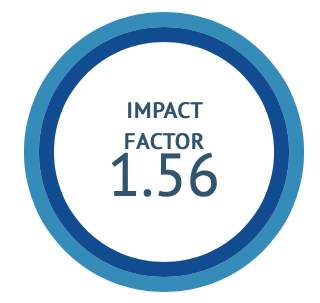Formulation and development of Oral herbal liquid dosage form with its quality evaluation parameters
DOI:
https://doi.org/10.47552/ijam.v13i4.3043Keywords:
Poly-Herbal Formulation, Hepato-protective, Immuno-modulator, Scavenging activity, Anti-oxidant, HerbalAbstract
The present work deals with the formulation and development of oral herbal liquid dosage and its comparative study with marketed dosage for quality evaluation parameters. We have used different Poly-herbs for the formulation of syrup because they expressed high effectiveness in a vast number of diseases. As aforementioned the therapeutic effect of herbal medicines is exerted due to the presence of different constituents and the effects are further potentiated when compatible herbals are formulated together in PHFs (Poly-herbal formulations). PHF show compatible effect with those of standard allopathic drugs. We had tested its Quality control pre and post-formulation evaluation parameters. The Quality control tests for developed herbal syrup include: Physical appearance (Color, Odor, and Taste), Clarity tests, solubility tests, pH, Density, Viscosity, Specific gravity, Refractive index, FTIR study of active constituent used in herbal syrup. This syrup is also tested for acute oral toxicity study (LD50), Antioxidant activity by using Nitric oxide free radical scavenging method, and hepato-protective activity by using paracetamol-induced hepatotoxicity in rats. From the obtained results, we concluded that formulated poly-herbal syrup passed all quality control tests and also proved its effectiveness. The formulation F2 and F3 were the best poly-herbal formulation and it was selected for further study. In hepato-protective activity, F2 formulation when compared with the standard formulation of silymarin have shown good results.
Downloads
Published
How to Cite
Issue
Section
License
Copyright (c) 2022 International Journal of Ayurvedic Medicine

This work is licensed under a Creative Commons Attribution 4.0 International License.
The author hereby transfers, assigns, or conveys all copyright ownership to the International Journal of Ayurvedic Medicine (IJAM). By this transfer, the article becomes the property of the IJAM and may not be published elsewhere without written permission from the IJAM.
This transfer of copyright also implies transfer of rights for printed, electronic, microfilm, and facsimile publication. No royalty or other monetary compensation will be received for transferring the copyright of the article to the IJAM.
The IJAM, in turn, grants each author the right to republish the article in any book for which he or she is the author or editor, without paying royalties to the IJAM, subject to the express conditions that (a) the author notify IJAM in advance in writing of this republication and (b) a credit line attributes the original publication to IJAM.




